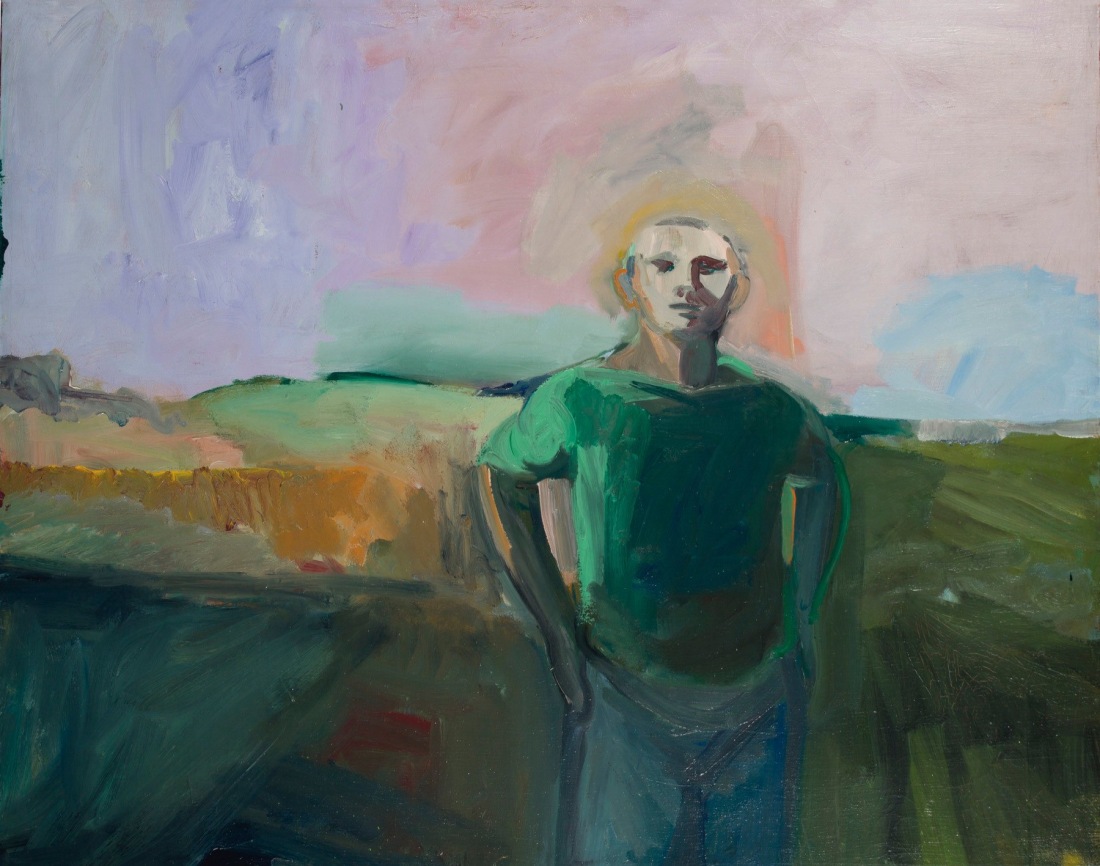
(1916 – 1991)
As one of the first Bay Area artists to turn from Abstract Expressionist and Surrealist works to figuration in the 1950s, Elmer Bischoff, along with his peers Richard Diebenkorn and David Park, grew dissatisfied with the limitations of a purely abstract style of painting. These artists influenced many others in San Francisco at the time, beginning what came to be known as the Bay Area figurative movement. “There was a definite cooling off. I can only compare it to the end of a love affair. When I was in the real grip of Abstract Expressionism, the marks and gestures had a hyper existence. But it was your own passion that inflamed these things, and there was just a gradual loss of this passion,” Bischoff recalled. In moving towards figuration, Bischoff sought to respond to real-world places and people. As before, however, “feeling” remained an important component of Bischoff's art-he viewed painting as a vehicle for emotion, rather than a formal elaboration.
Elmer Bischoff's paintings are held in major public collections, including the Museum of Modern Art and Whitney Museum of American Art, New York; Art Institute of Chicago; Hirshhorn Museum and Sculpture Garden, Washington, D.C.; Fine Arts Museums of San Francisco; San Francisco Museum of Modern Art, and the Oakland Museum of California, among others.

Elmer Bischoff
Man and Lavender Sky
47.5 x 59.5
Oil on canvas
1957-58